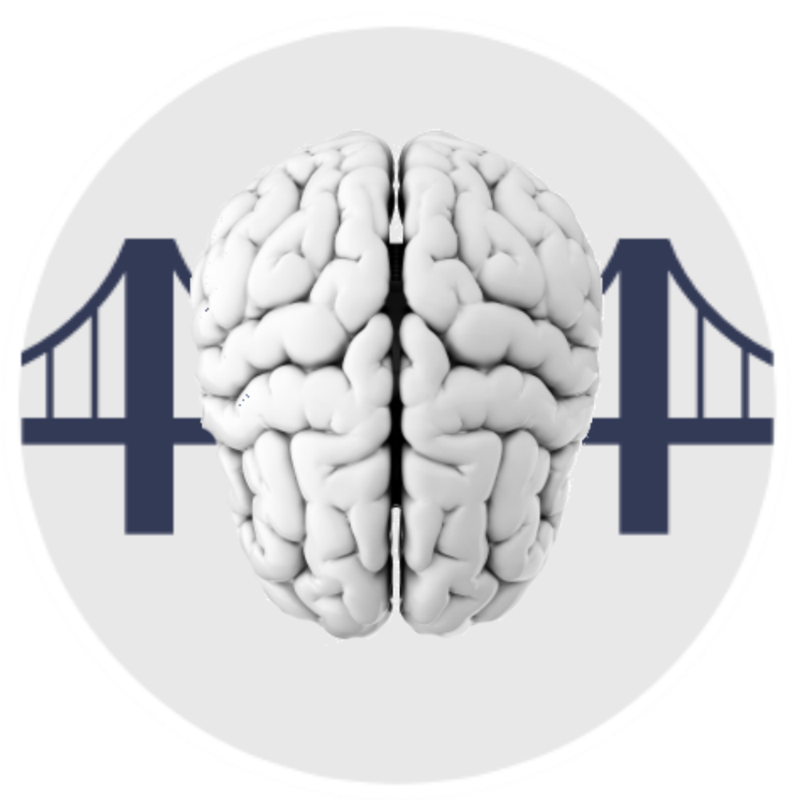it's aTtitude, not aPtitude: 4 STRATEGIES FOR CHANGE
by Janet Zadina on 02/25/19
Just like one small letter completely changes the meaning of these words, one small change in attitude can have a significant effect. Both educational and scientific research show the effect of attitude on learning and achievement. I am not using this term in the sense of someone having a “bad attitude” per se, a term commonly associated with belligerence or hostility. I am using it in the sense of how one’s approach or emotional state, can affect learning. A positive emotion, for example, enhances memory. A belief, or attitude, that one can accomplish a task changes the activation of the brain, increasing effort. Attitude is an aspect of an overall emotional state and that state greatly affects learning and achievement. Most educators are aware of the impact of attitude on student effort, achievement, and retention. However, it is difficult to sustain positive attitudes in classes where students are struggling, such as courses that are difficult for an individual, developmental education, STEM classes, and graduate school. Fortunately, your practices can have an effect on student attitudes. Creating positive attitudes in all students through your classroom practices can enhance memory, attention, learning, and achievement. My new keynote explores four ways in which attitude can overrule what might be perceived as aptitude. I will discuss one way and briefly describe the other three, due to constraints of this format. Use of brain-compatible (or older term brain-based) classroom strategies. Researching comparisons of traditional teaching methods and brain-compatible methods is a very difficult process, because you are setting up a situation where some students get differential treatment that may be shown to be better. Nevertheless, there is a growing body of research that indicates that brain-compatible teaching practices improve both knowledge retention and attitude. Researchers compare a group of students receiving conventional (current) instructional styles to a group that receives brain-compatible instruction. In studies in STEM classes, physics, and medical school courses, the brain-compatible method has been shown to be more effective in terms of learning outcomes and attitudes. We don’t know yet about the effects in other grades or content areas due to the constraints of doing research and giving one set of methods to one group and not another, so we are generalizing from the research that has been done. Keep in mind that individual aspects of the umbrella term “brain-compatible” have been found through research to be more effective. Let’s compare conventional practices to brain-compatible practices. Of course, this is a brief overview. (for a book on brain-compatible practices see Multiple Pathways to the Student Brain.) Conventional Practices include an emphasis on lecture format, memorization, rote learning, objective testing, note-taking, one-size-fits-all assignments, and teacher-centered instruction. Of course not all of these are bad in themselves, but only if that is the entire mode of instruction. Brain-Compatible Practices include problem solving, inquiry, creativity, choice, collaboration, active learning, making connections, addressing individual differences, diversifying strategies, positive emotional climate, self-assessment, interactive experiences, reflection, diversified assignments, and learner-centered instruction.Brain-compatible instruction also implies that the instructor has a knowledge of how the brain learns and credible strategies that build on that knowledge. Therefore, lessons can be created that align with that knowledge. Aligning your classroom practices with brain-compatible instruction can create a more energized classroom environment that engages students, thus improving attitude. Struggle and discovery during the learning process can improve self-efficacy and empower students, creating attitude change. Below are three additional factors that affect student attitude in a way that can improve outcomes. Offer choices wherever possible. One reason that choice is so powerful is that it reduces anxiety, stress, and trauma effects. Self-efficacy is the quality that differentiated long-term stress effects from temporary ones in a study of hurricane victims. Choice is also highly motivating. One way to improve attitude and offer choice is a Homework Menu. Instead of one assignment for everyone, have a variety of options for working with the material and letting students choose. All of these won’t work with every assignment. Of course, each item will need to be described. The grading rubric is “did this student work with this material sufficiently and in such a way as to create learning? If not, then they need to develop their product or choose another option. Activate the brain’s reward pathway. This pathway is also called the pleasure pathway, the survival pathway, the addiction pathway, and the motivation pathway. One method for activating this pathway and improving attitude is to make the material realistic. Show students how it can apply to real life or in some way be meaningful. For example, reading literature might not seem practical but if you talk about how you can learn about your own character or others or learn life lessons, it becomes meaningful. See http://www.brainresearch.us/blog.html or Multiple Pathways to the Student Brain. Reduce anxiety, stress, and trauma. These emotional states impair learning in many ways, most notably in decreasing activation in the frontal cortex, the center of learning and higher order thinking. A trauma-sensitive classroom can improve attitude, learning, memory, and behavior. This is a keynote or half day workshop. See A DAY OF WELLNESS: REDUCING ANXIETY, STRESS, BURNOUT & TRAUMA. You can find additional information at http://www.brainresearch.us/Resources_PTSD_Stress.html Creating a positive classroom environment doesn’t mean unstructured, out-of-control, or undisciplined. It means that you bring your best attitude to class and are cognizant of the emotional state of your classroom. Your classroom practices will encourage cooperation and include choice whenever possible. You present material in a way that engages students actively and demonstrate a growth mindset to student. I am guessing that any educator taking the time to read this is already doing this, but reminders are great to help us keep this in the forefront when things get hectic.


